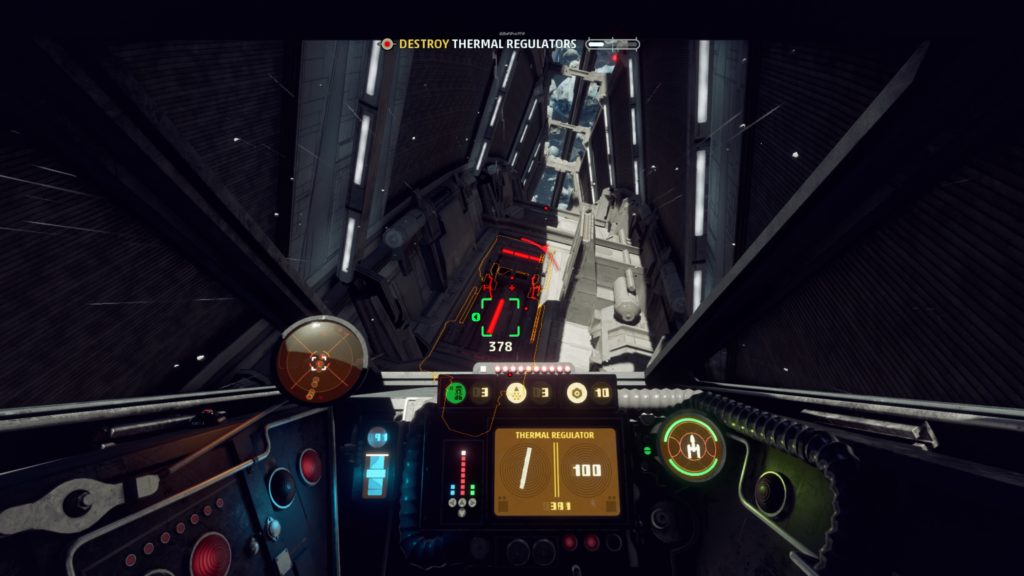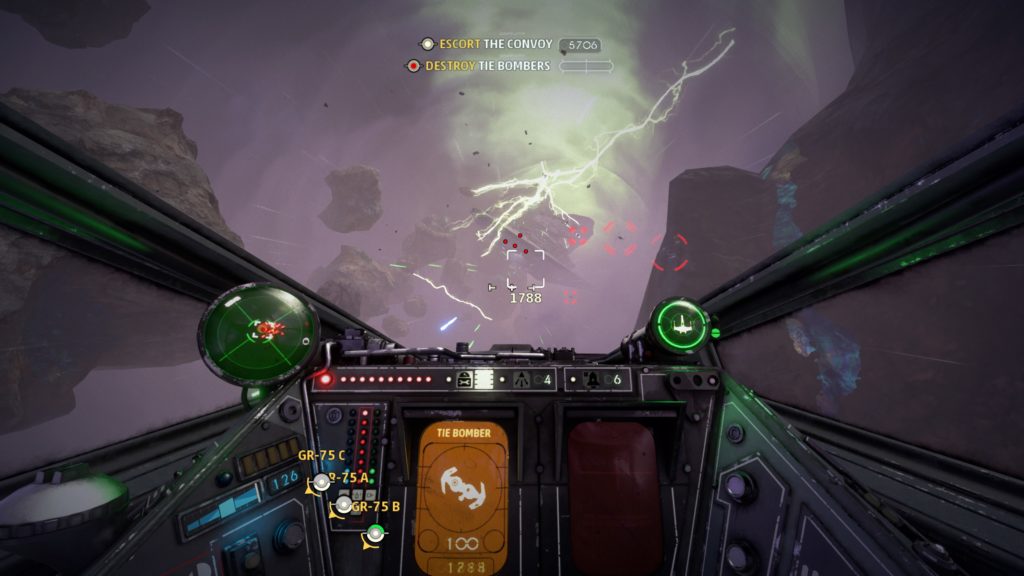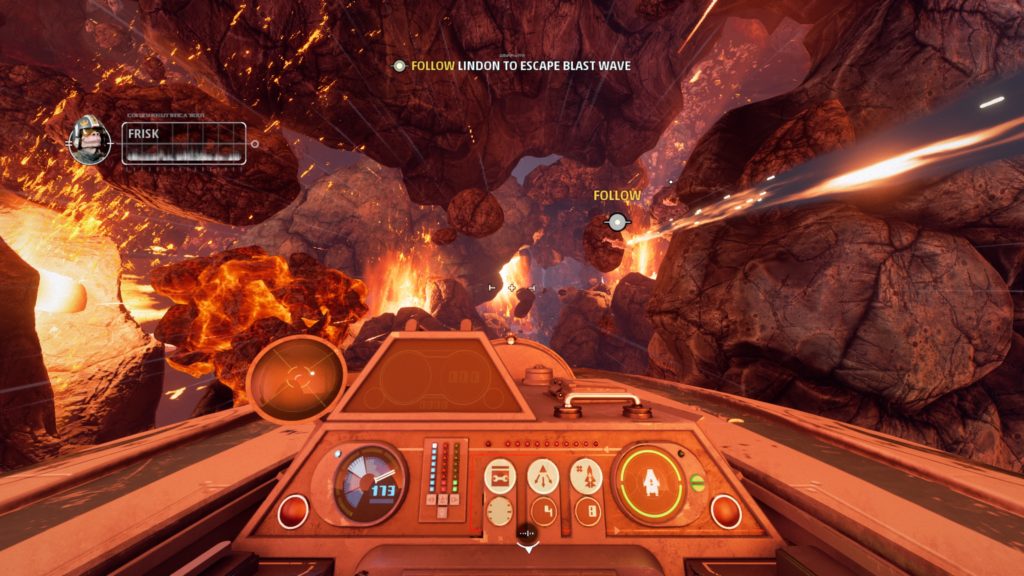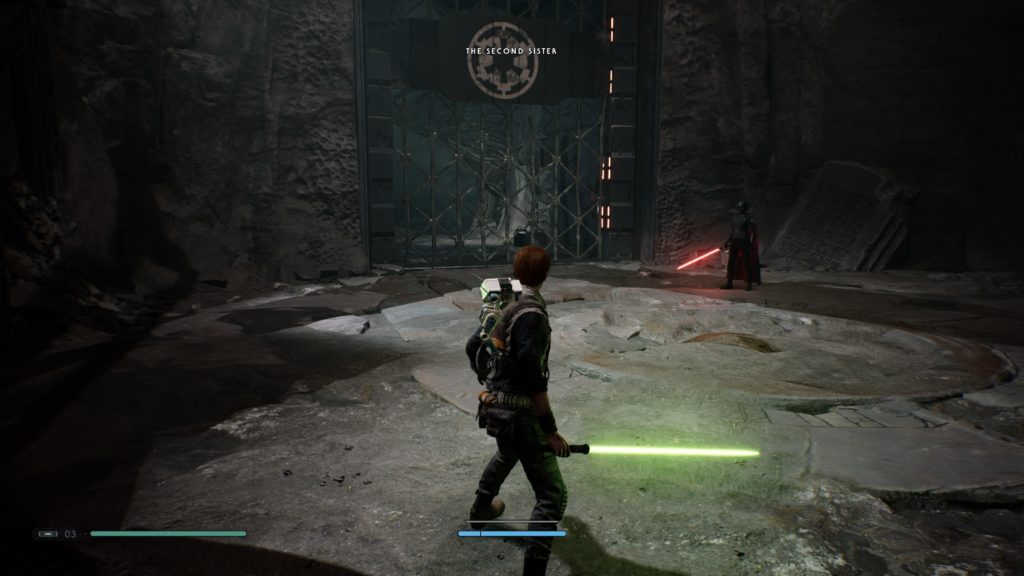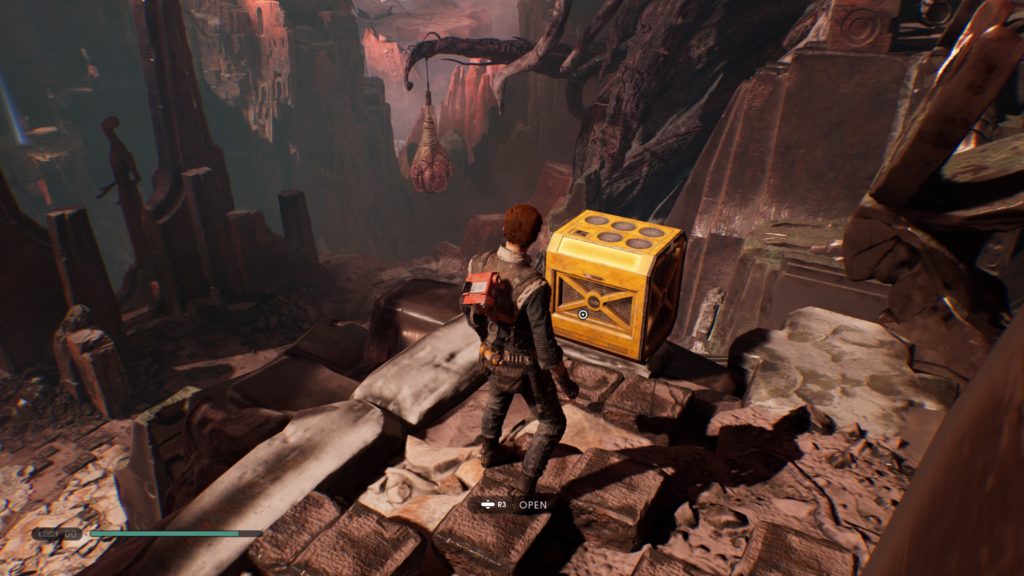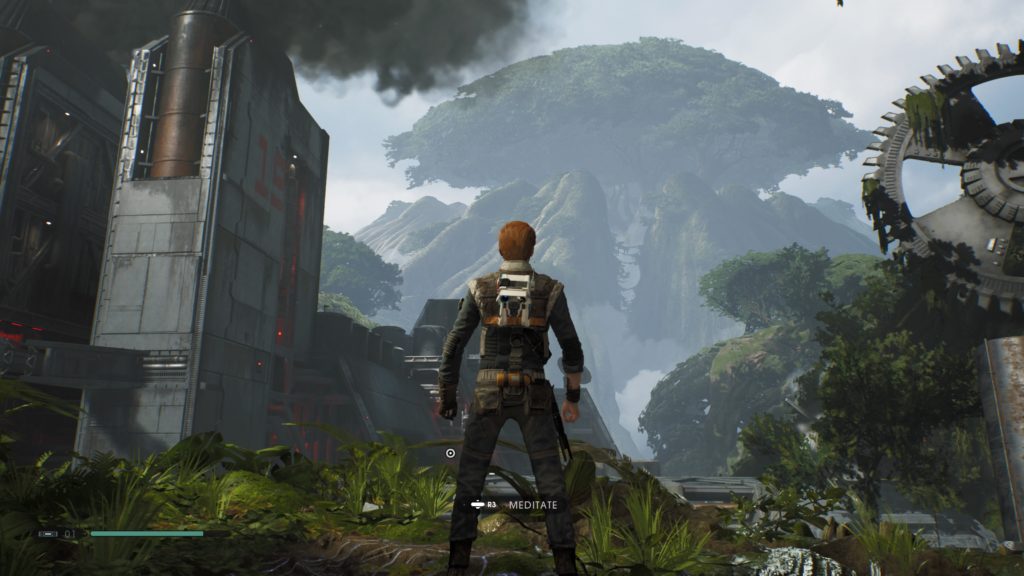- Genre: Action/Adventure
- Platform: PS5
- Also Available On: PS4, Switch, Windows, Xbox One, Xbox Series
It’s been a bit since my last ramblings. I decided to do carpal tunnel surgery on both wrists at once, as one does. What that does is makes videogames surprisingly not very fun to play. When I was figuring out what I wanted to play first after getting my sutures out, this one was sitting there ready to go. It feels like it’s been forever since The Force Awakens, but the full 9 episode saga is here and it’s a lot of fun.
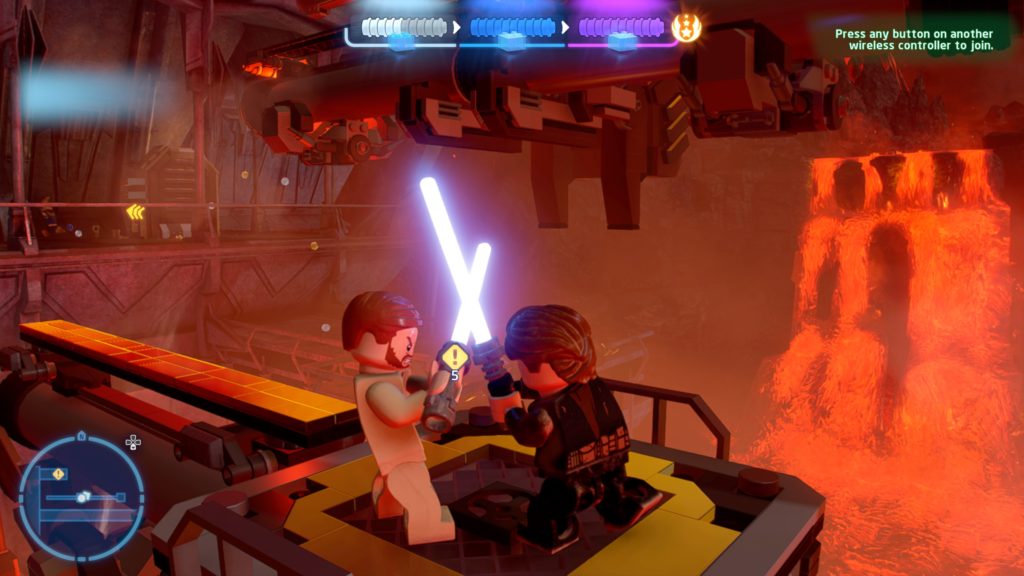
The Lego games have always just kind of been collectathons, but it surprised me how much this felt like a complete game, and not just a Legoified version of the movies like a lot of past games. There were some pretty obvious changes to the core combat mechanics as well as a much better expansion to the metagame between story segments that really made the whole thing work.
The biggest obvious change is that there’s ranged weapons everywhere! You’ve got blasters of every flavor, bows of all sorts, you can chuck your light saber like a whooshing boomerang. However, unlike The Force Awakens, which sometimes had ranged weapons but clumsy aiming due to the fixed camera angle, we’re now seeing a full third-person game. You’ve got all your typical trappings of shooters, such as ADS on the left trigger and full camera manipulation on the right stick. In doing this change, the game now feels like a modern title along the lines of something like a simple Ratchet & Clank, rather than a sort of clumsy Lego-themed isometric platformer.
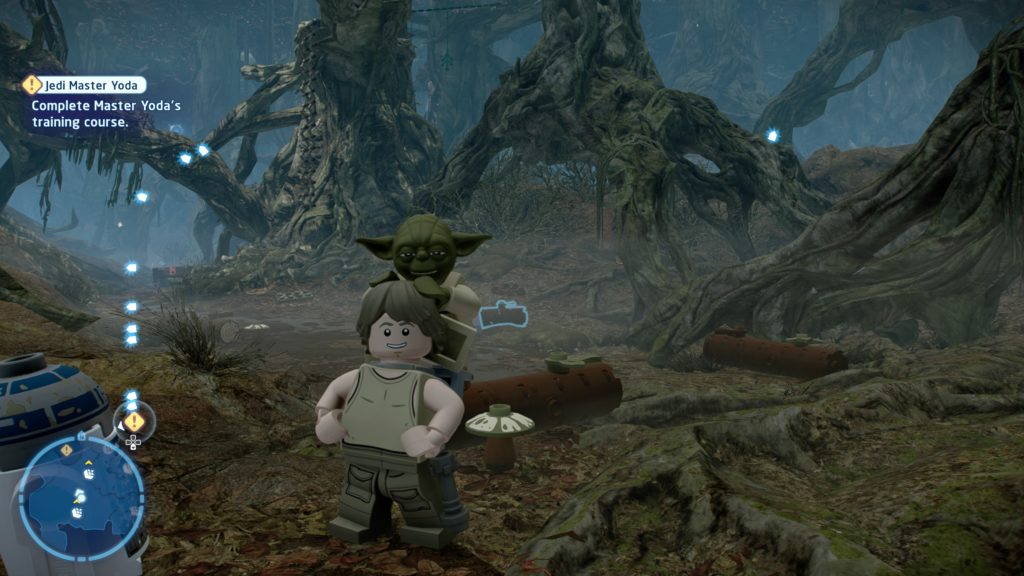
The metagame is also just a lot more free flowing in a way that encourages the use of the typical large character roster of the series. You’ll jump between segments of free roam where you can use any purchased characters and segments of story where you’re restricted to relevant characters. In allowing the free roam segments, the game is doing a great job of slowing down the pace of the game in a way that is still fun. Where a typical Lego Star Wars title was around 10 hours, this one is about 20. While that is much longer, it now covers all nine movies instead of just a handful, so the pace slowing down is definitely necessary.
What you end up doing is completing a specific story segment, then being unleashed into what is essentially a movie-themed playground. Scattered around are all sorts of miscellaneous rewards, so it becomes a game of finding out how to get them all. Some spots are simply puzzles of choosing the right person to get to the glowing spot. Some of them are mini races or combat segments for a reward. Some of them are side quests where you interact with characters from the movies in fun ways in order to unlock them for play. However, the important thing is that it’s varied and quick to do. You’ll spend a few minutes per-reward, then move on to the next thing. It keeps things fresh so you aren’t stuck in one spot for long periods of time, but also provides a nice change from the purely linear story segments that you’re doing the rest of the time.
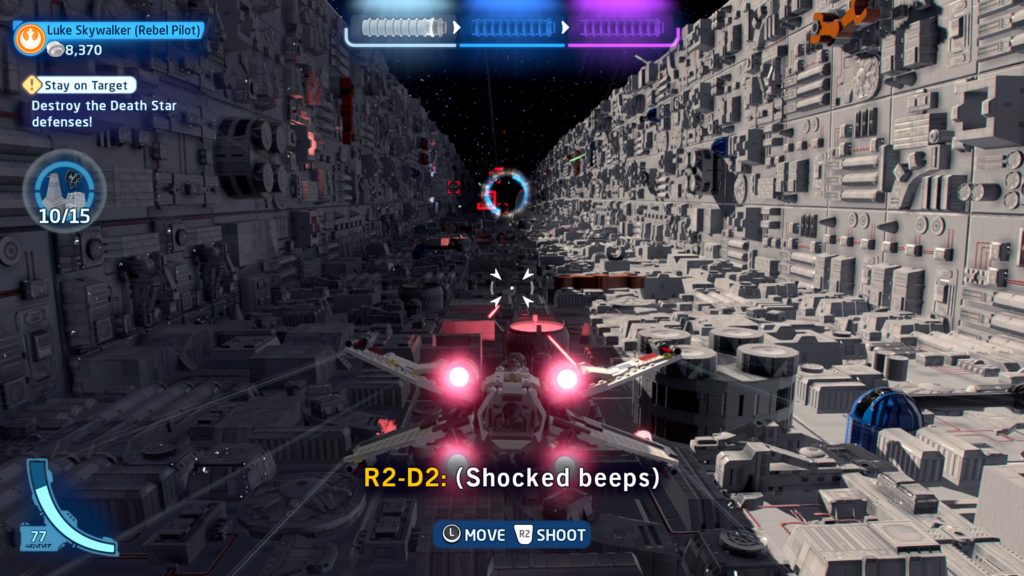
It’s also worth a mention that space combat is another one of the things that acts as a nice pace change. Some of the areas are Star-Fox inspired – such as the Death Star trench run – and some of the areas are distinctly open flight. Mechanically these are definitely simple. You’re basically firing a relatively large angle auto aim machine gun or firing a very generously homing proton torpedo. However, in all cases it’s another place I can point at where the segments are used as a way to breakup the pace of the game and keep the overall flow fresh.
Ultimately that’s the biggest thing about this title that I could point at as an improvement over past entries. You’re running through a bunch of story very quickly to cover nine movies, but it doesn’t feel overwhelming or boring at any point. Because the specifics of what you’re doing change so much, you don’t really have time to become bored with any specific type of gameplay. You kind of do one type of gameplay for a few minutes in a story mission, then go into free roam, then go into another story mission with completely different gameplay, then back to free roam. Because everything has some currency being given that allow you to get more stuff, it also never feels like you’re doing something unrewarding.
Wonderful. pic.twitter.com/YswnqNz0dn
— Dan Weiss (@schenksmill) May 1, 2022
If you’re a fan of past Lego titles this is an easy recommendation. If you’re a fan of Star Wars this is an easy recommendation. However, more than that this feels like a much easier recommendation to the general game audience. This is a much more complete game than past titles. Rather than being a game that leans on its IP to be good, this feels like a generally good game that is instead boosted by its use of the IP. While the reports of severe development problems put a bit of a black eye on things, this game is showing a bit of hope that the Traveller’s Tales Lego series can be a bit thing again going forward.


